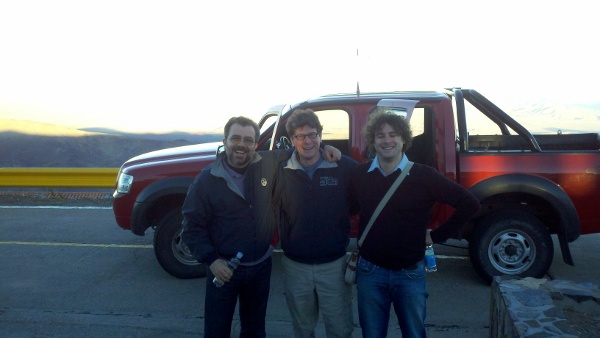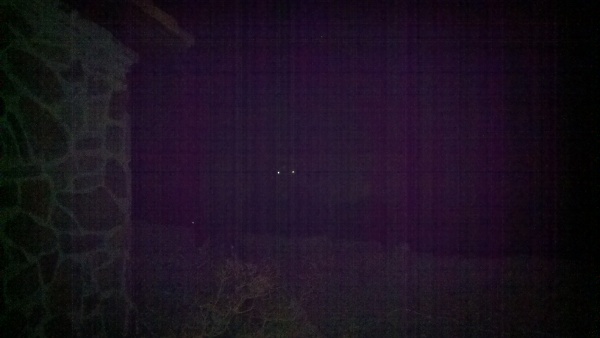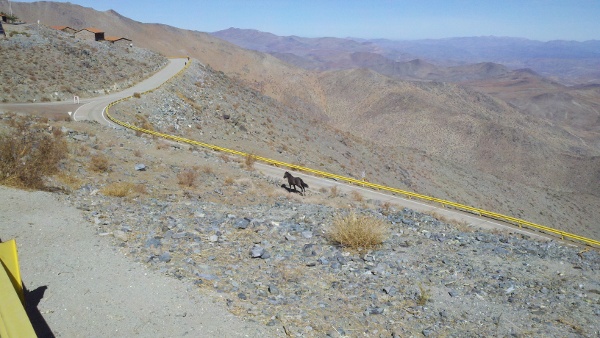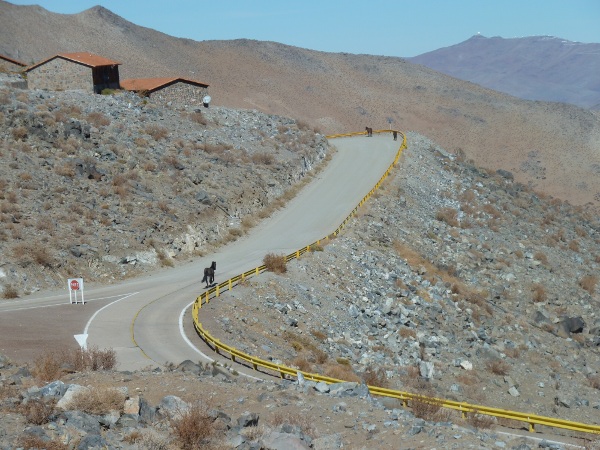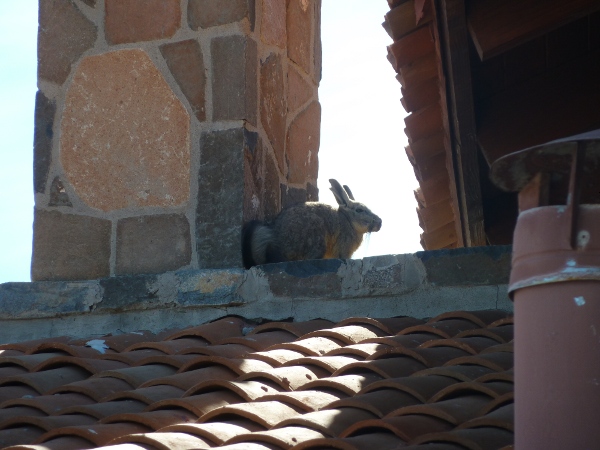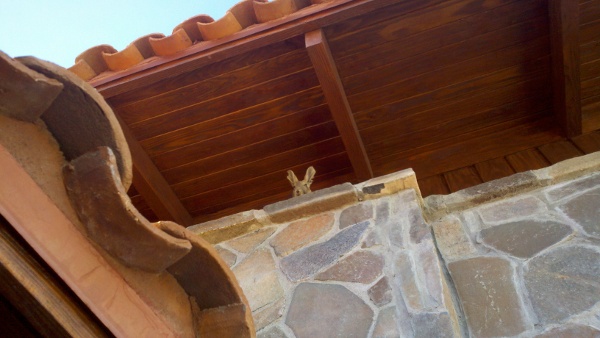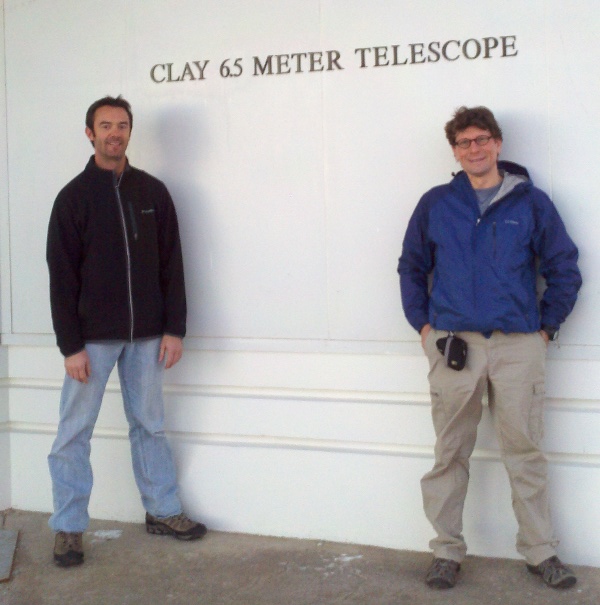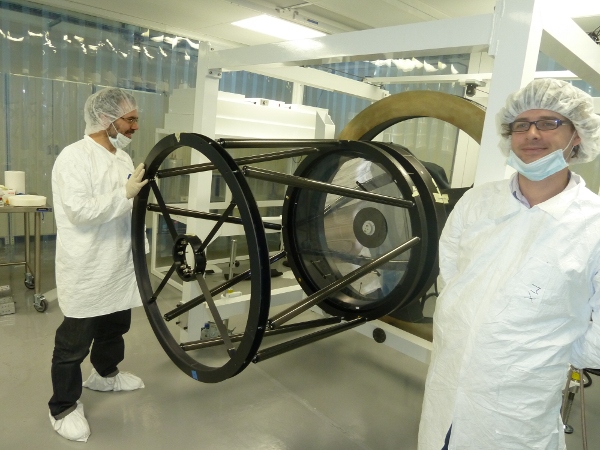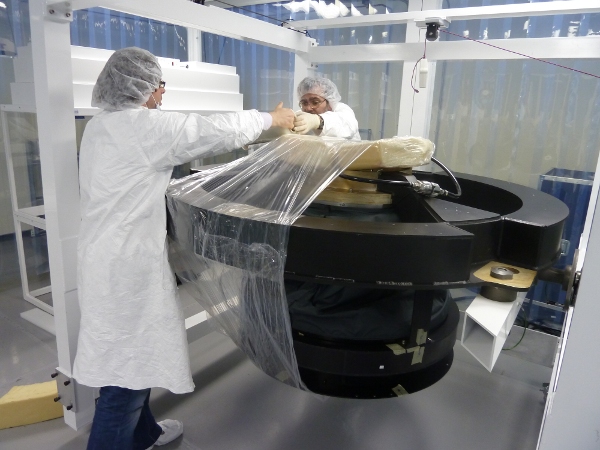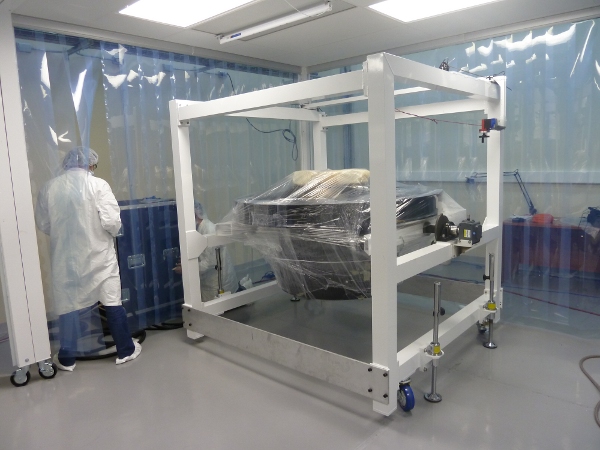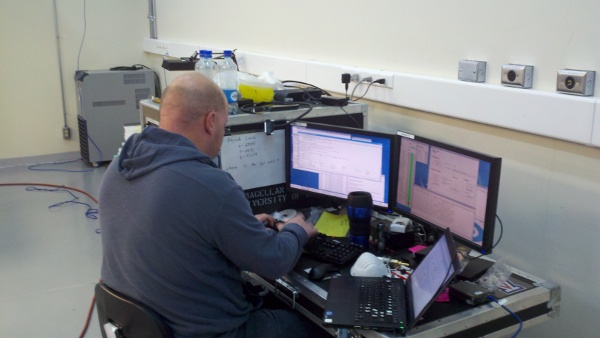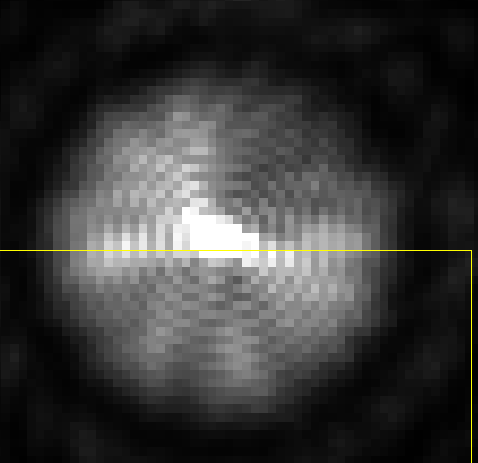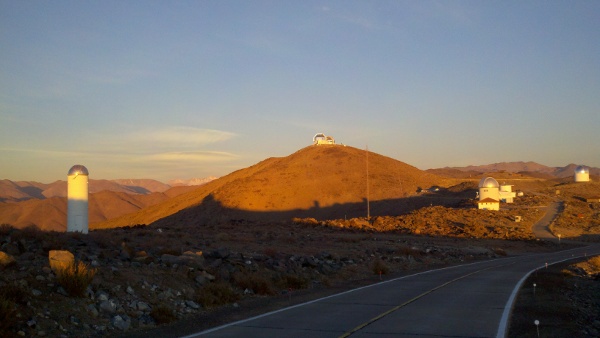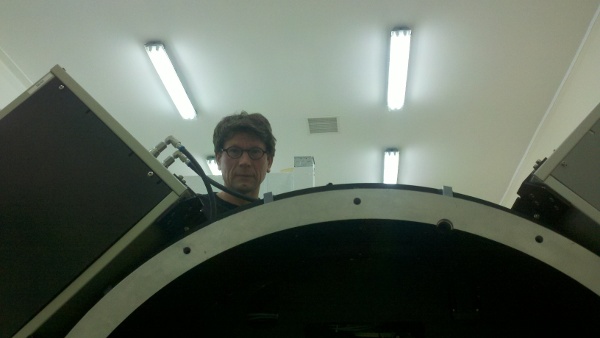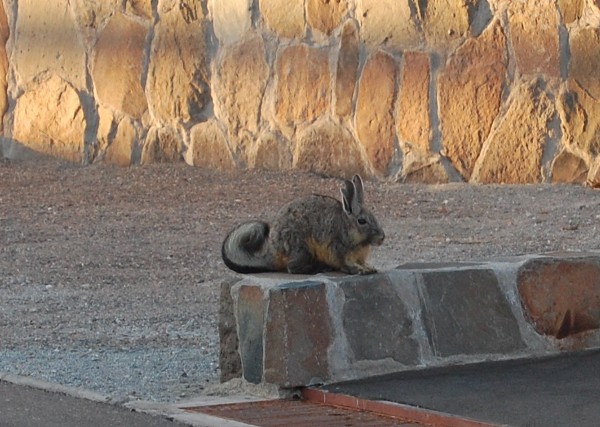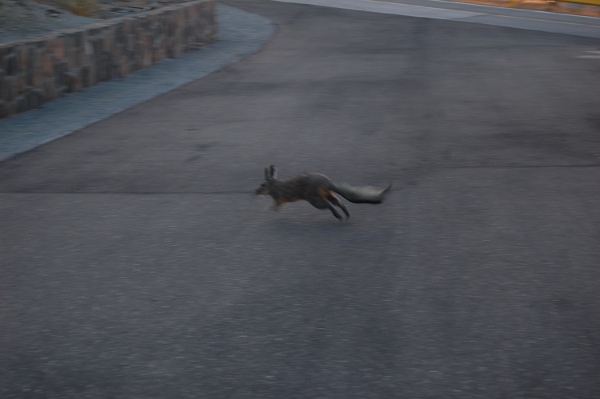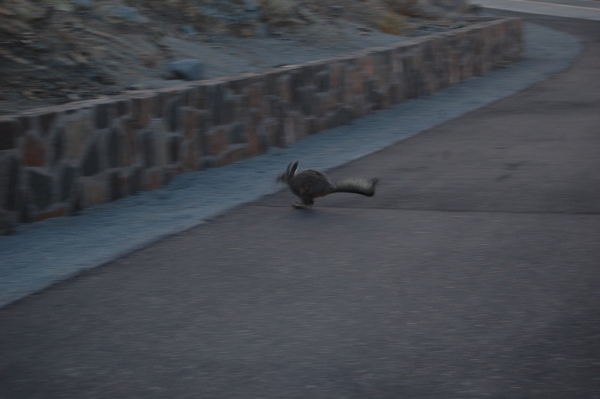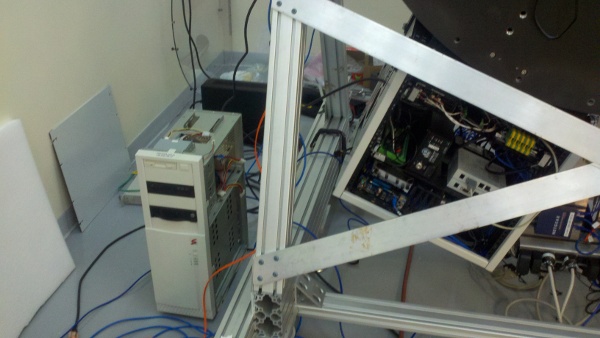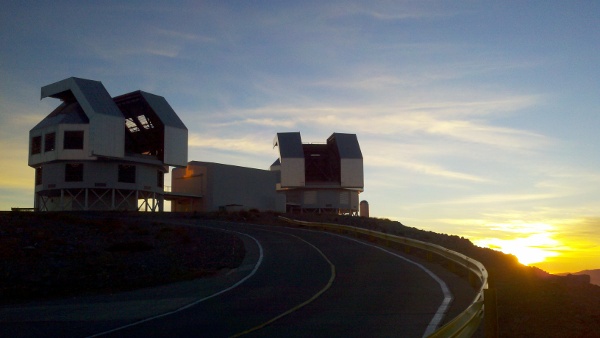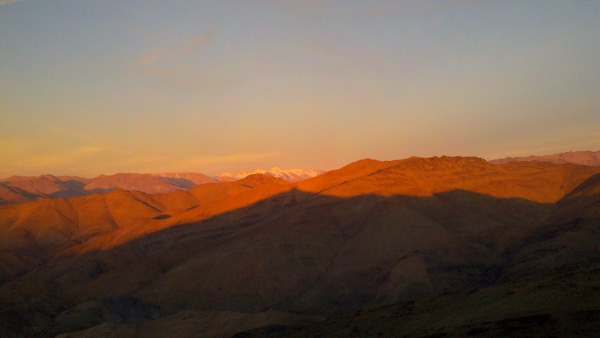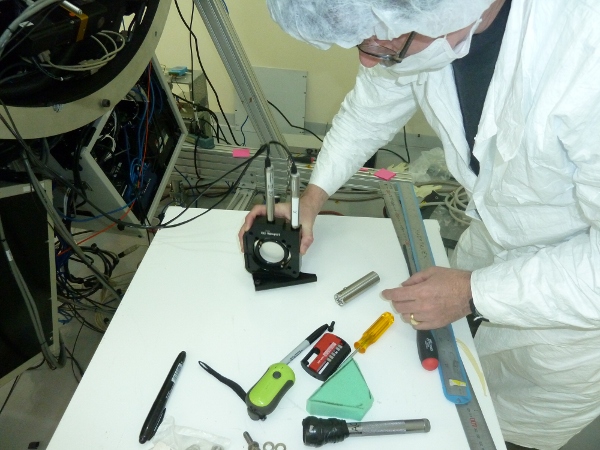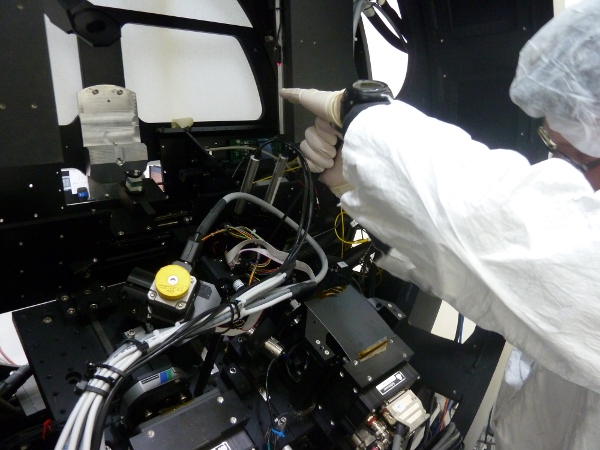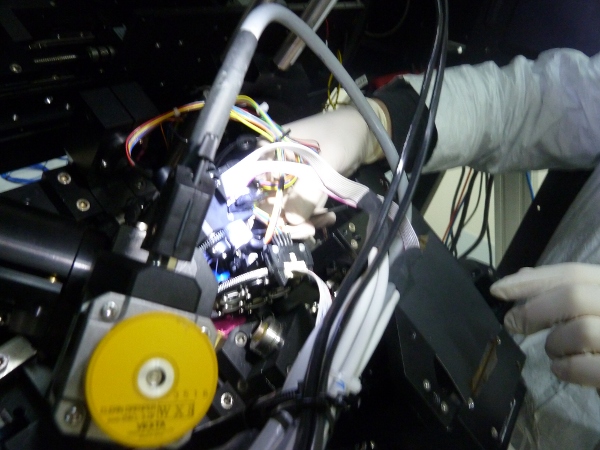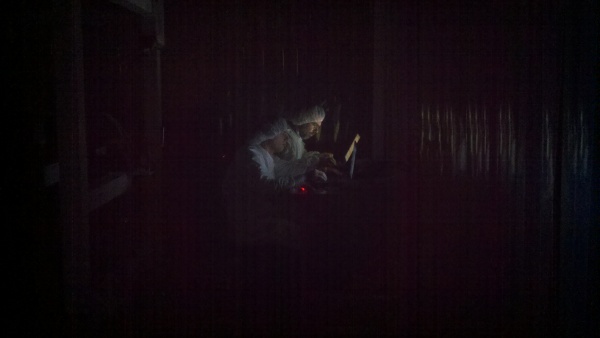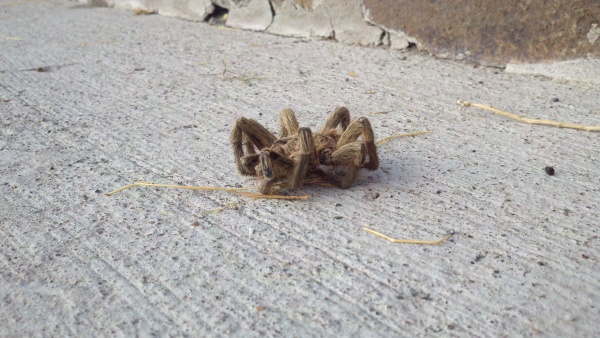After 17 days here at LCO Jared and I are heading down today. Overall the “unpacking run” was a success.
1) Secondary Mirror (ASM)
with the leadership of Armando and Marco (Arcetri) with Mario and Frederico (Microgate), and Rich (Arizona) we unpacked, flipped, cleaned, clocked, and installed the shell on the ASM. Victor (Arizona) prepared a special wedged interface plate that exactly positioned the ASM on the mount in the correct X, Y, Z, and ThetaX, ThetaY to match the optical axis of Magellan (thanks to Tyson and Juan for help with the final adjustments to this complex interface plate). The TSS shell safety system was (for the first time) made fully operational. The ASM was fully characterized with the windscreen on. All ASM tests and calibrations were redone and the ASM is perfect working condition.
see
/uncategorized/asm-performancesverification/ for summary details and plots.
Victor (Arizona) “whipped up” a novel cooling system (and NAS bulkhead) for the ASM that worked well — but needed up to 10 bottles of ice each day — thanks to all the staff that helped us get ice each day…
2) Active Optics Guider
Also from Carnegie Tyson and Alan (with lots of help from Povilas, Juan, and the excellent technical support from the rest of the LCO and Magellan Staff) were able to install and successfully test the active optics guider on the ASM.
see
for a movie of the guider moving from the center of the field to its “off” position as it hands off the guide star to AO.
3) Pyramid Wavefront Sensor (PWFS)
Jared (Arizona) and Laird worked hard at aligning the PWFS optics, testing, and final cabling of the PWFS. For the first time the whole system was tested with all the electronic racks (and their internal fans) mounted on the NAS with the PWFS. The vibration damping system of Tyson seemed to work well –as there were no vibrations from the fans seen by the PWFS (or VisAO CCD). This is a big relief. All the PWFS optics were aligned as well as they were during PSR in Italy (they were also given a much needed cleaning). Also we can now reach our goal 4.3 electrons of read noise in our most sensitive CCD39 mode (with all components powered). There doesn’t seem to be any addition noise from any of the other components or motors. This is also a big relief.
4) Visible light science camera (VisAO)
Jared worked hard on the VisAO camera and computer. The one disappointment of the run was that the motherboard of the VisAO computer was likely damaged while mounting it on the NAS (for the second time). Perhaps even more annoying was that Jared’s spare motherboard also failed! However, Magellan kindly let Jared borrow a spare computer and he was able (in a day) to have the whole system up and running again on a rebuilt computer! The VisAO camera had some work done it as well. We installed a new gimbal mirror, Derek’s new ND3.22 in the coronagraph wheel, and cleaned and tightened up the optics. Derek’s new baffle tubes were also installed. Also we installed a new “off-sky” fiber laser alignment system that works quite well. Overall, we made the sharpest images yet with the VisAO camera (0.02 arcsec) and we are ready for commissioning in November. Also the noise and sensitivity were nominal for the CCD47 as well.
See
/uncategorized/unpacking-day-15-all-wrapped-up/
for some final images of the ASM and VisAO in its coronographic mode
5) Communications with the Telescope
Jared and Glenn (Magellan) worked on making sure the AO system’s AOI software could talk to the Telescope’s M1, vane ends, and mount (for offloading Astigmatism, coma, focus, and Tip-tilt). Good progress was made on that front.
The success of this run required the help and cooperation of a great many people. Despite transporting 17 boxes halfway around the world not one item was damaged by the trip! This is testament to the excellent handling and packing of the items — many people helped in this, I’d like to especially thank Roberto, Dave, and Povilas (LCO), Edilia (CTIO), Earl (OCIW), Ganni (Fiorino shipping), and Runa, Carmelo, Armando, Marco (Arcetri) for a great (and surprisingly complex) shipping job! Also I’d to thank Dave, Miguel, Mark, Povilas and the whole LCO crew for being so incredibly helpful and responsive throughout this whole period.
Things are looking good for first light in November.
thanks Laird
PS — I’d also like to thank Jared and Marco for keeping this blog up to date and so interesting for the whole run!
